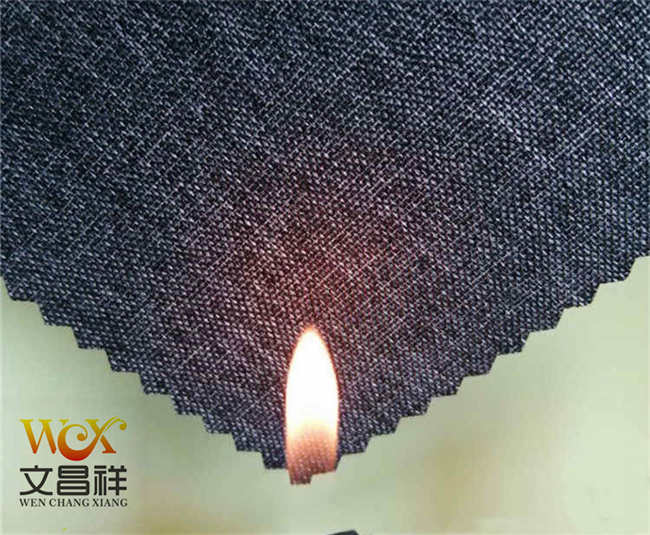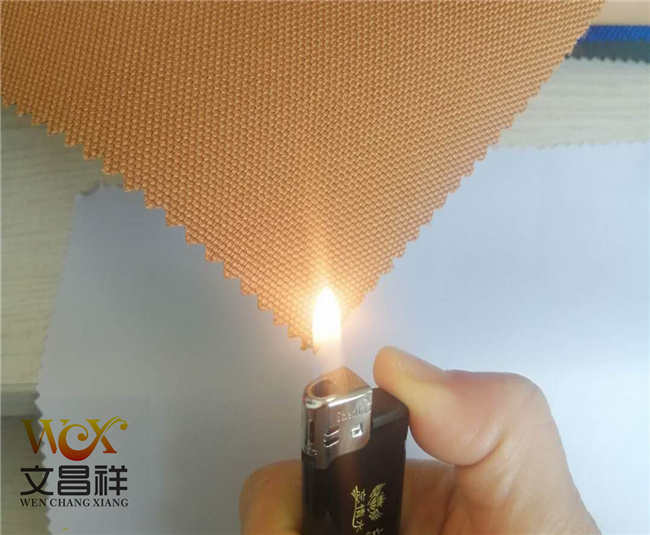The production of flame-retardant fabrics has brought us great convenience and provided guarantee for our lives. With the continuous improvement of living conditions, in order to meet the growing demand, the research and development of multi-functional flame-retardant fabrics It has become a new direction for future development.
Fabrics produced from ordinary fibers can achieve a certain flame retardant effect after flame retardant finishing, but usually their high temperature resistance, flame retardant effect and durability are not as high as those with their own flame retardant properties. There are many varieties of flame retardant fiber products.

Traditional The flame retardant processing of flammable fibers has developed from a single flame retardant element to more than two flame retardant elements. For example, acrylic fiber maintains halogen bromine as an additive due to cost considerations, but is still developing towards the introduction of phosphorus-containing and multi-component synergistic systems. From the perspective of modification, we should develop in the direction of dual and multiple modifications.

When flame-retardant fabrics are made into protective clothing, they not only need to have flame-retardant and fire-proof functions, but also need to be combined with various functions such as waterproof, oil-repellent, anti-static, anti-corrosion, and radiation protection to form a multi-functional flame-retardant fabric. . Different industries have protective clothing with different functions to better protect personal safety.
Oxford cloth specifications: 1680D, 1200D, 900D, 600D, 420D, 300D, 210D, 150D, etc.
Oxford cloth functional classification: flame retardant Oxford cloth, waterproof Oxford cloth, PVC Oxford cloth, PU Oxford cloth, camouflage Oxford cloth, fluorescent Oxford cloth, printed Oxford cloth, composite Oxford cloth, etc.
</p






